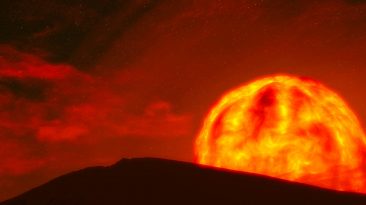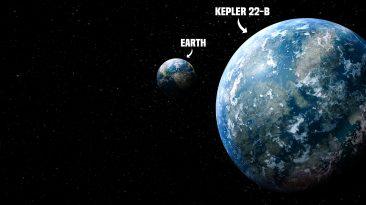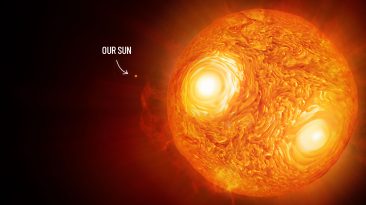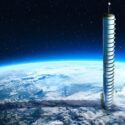Nuclear weapons are the most powerful and frightening tools ever created by humanity. With over twelve thousand warheads spread across the globe, these devices hold enough destructive force to end civilization many times over.
But what if we did something different? What if we sent all of them into space? Could this be the boldest disarmament effort in history? Would it mark the beginning of a safer world? Or are we simply relocating the risk to a place we cannot control?
A Massive and Dangerous Arsenal
Right now, Earth is home to more than twelve thousand seven hundred nuclear weapons. Most of them belong to two countries, the United States and Russia. The rest are held by nations including China, France, the United Kingdom, Pakistan, India, Israel, and North Korea.
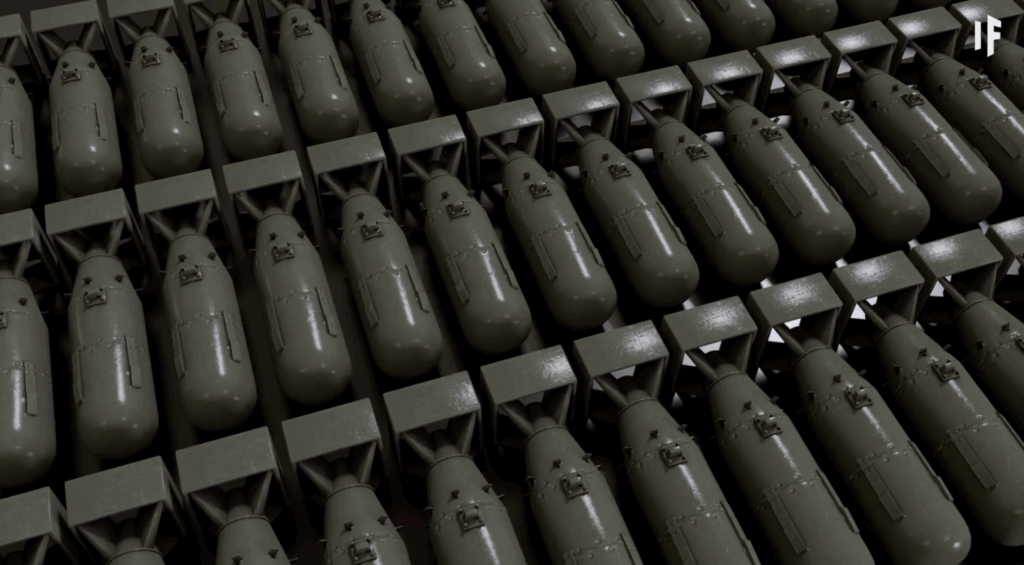
Even the smallest of these weapons can destroy an entire city. A single detonation would bring unimaginable suffering. At first glance, sending these devices off the planet seems like a smart way to protect ourselves. But the plan is not as safe or simple as it might appear.
How Would This Even Work?
To make this happen, countries around the world would need to cooperate in ways we have never seen before. Every nuclear state would have to agree to hand over their weapons to a neutral global organization, one managed by respected scientists, engineers, and peacekeepers.
Launching these devices would require newly designed rockets built to carry dangerous radioactive materials safely. Each warhead would need to be placed in a shock proof container that could survive accidents or attacks. Since any failed launch could be catastrophic, the rockets would have to lift off from a remote area far from any cities.

There is another major issue. For technical reasons, each bomb would have to be armed and ready to explode during the launch. That means every single takeoff would carry the risk of global disaster if anything went wrong.
Where Should They Go?
If we could somehow get the weapons off Earth without incident, we would still have to decide how far to send them. The International Space Station orbits just four hundred kilometers above our planet. That is way too close.
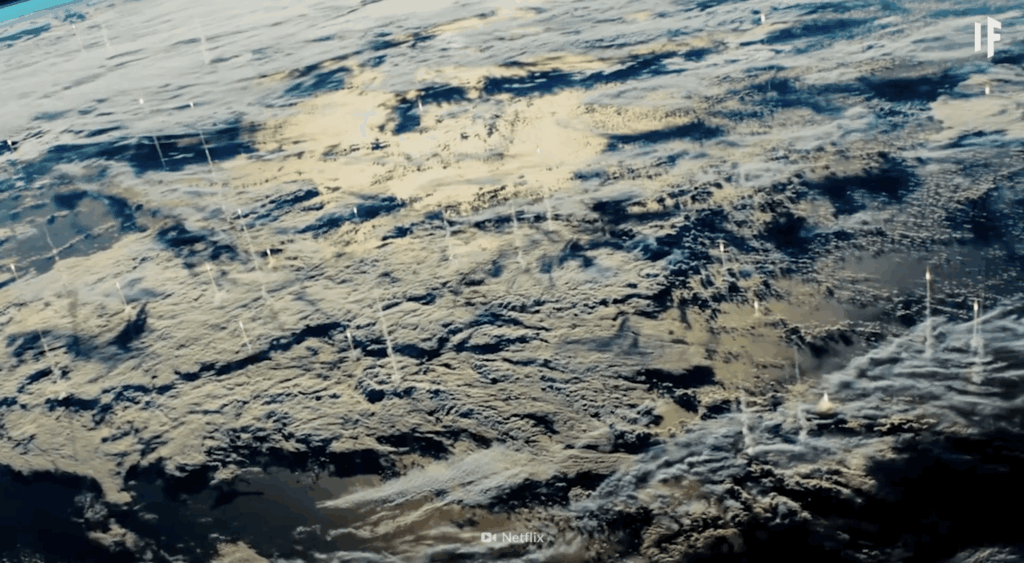
An explosion at that altitude would create deadly debris, damage satellites, and possibly harm astronauts. It could also produce strong electromagnetic pulses that knock out power and communications on Earth.
To stay safe, the weapons would need to be sent far beyond low Earth orbit. One suggestion is to launch them all the way past the Moon, about three hundred eighty four thousand kilometers from home.
A Show in the Sky
If the weapons were detonated far away, the result could be visually stunning. In the vacuum of space, there would be no shockwaves or mushroom clouds, but you might see intense flashes of light that resemble distant stars flaring and fading.
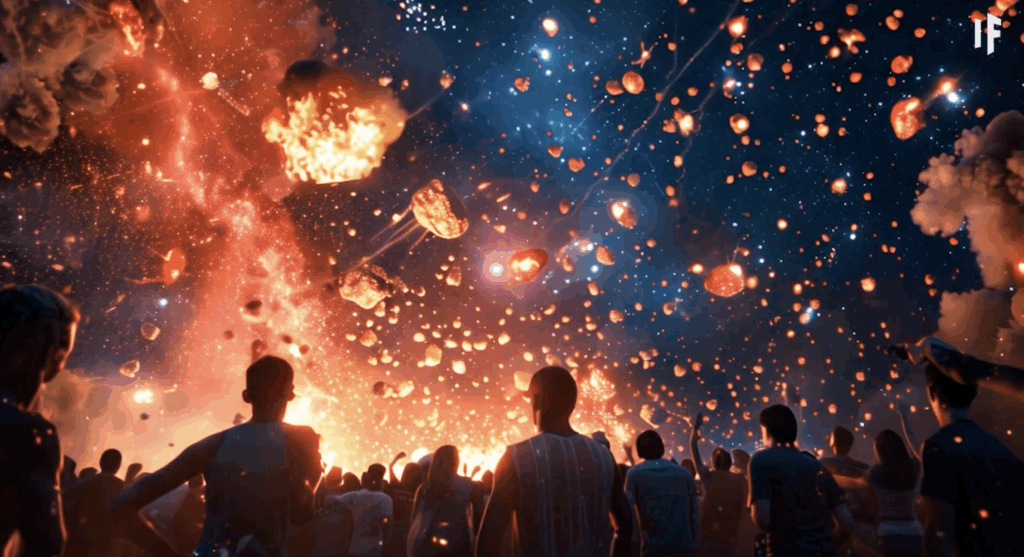
These bursts could be spread out over weeks or months, turning into a global event that brings people together in awe and reflection. Interactions between radiation and Earth’s magnetic field might even create glowing auroras in the sky, both beautiful and scientifically valuable.
Still Not Risk Free
Even if everything went perfectly, this plan would still carry long term consequences. The energy and radiation released could interfere with future space travel. Generations from now, astronauts might unknowingly fly through leftover clouds of radioactive material.
We also do not fully understand how radioactive waste behaves in space. What if some of it ends up affecting other planets or moons? What if we are not alone in the universe, and our actions disturb something beyond our reach?
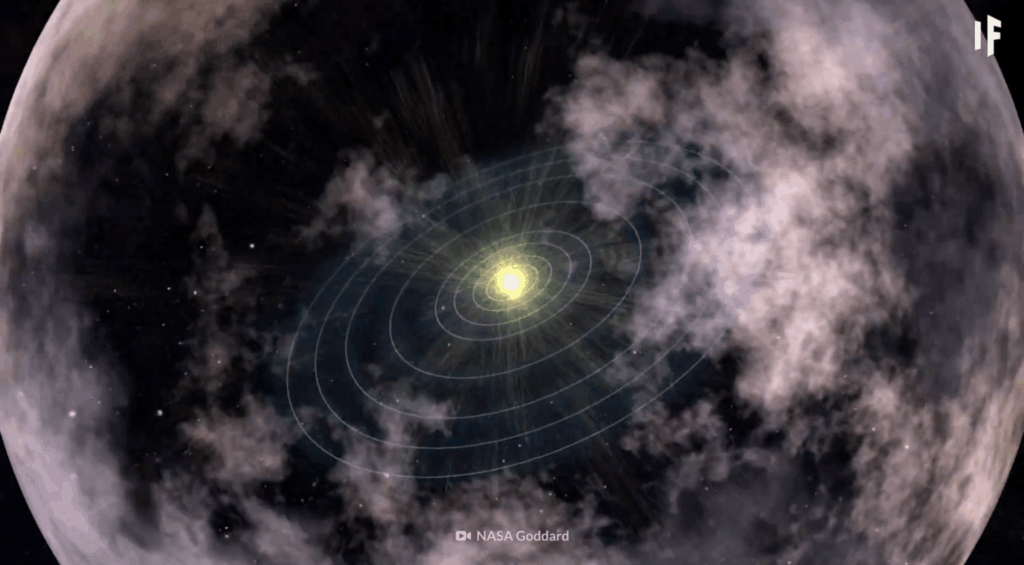
A Powerful Symbol With Lingering Risks
Sending all of Earth’s nuclear weapons into space could be a breathtaking sign of progress. It might represent a shift from fear and destruction to unity and peace. But it would not remove the dangers completely.
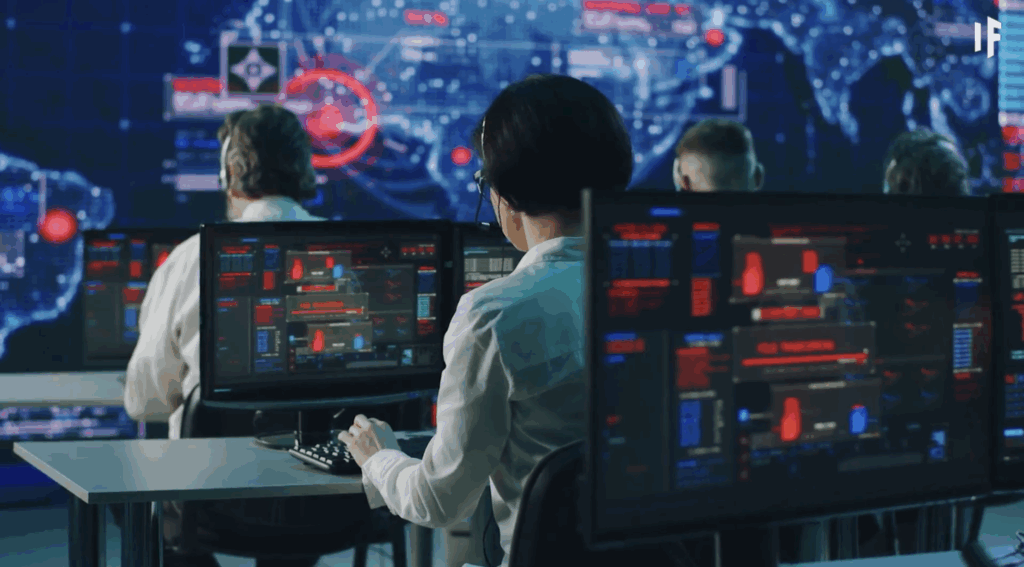
Real disarmament needs more than rockets. It requires trust, honesty, and cooperation between countries that do not always see eye to eye. Until the world is ready for that kind of commitment, the weapons will remain, waiting, ready to remind us of the fragile line between peace and ruin.














